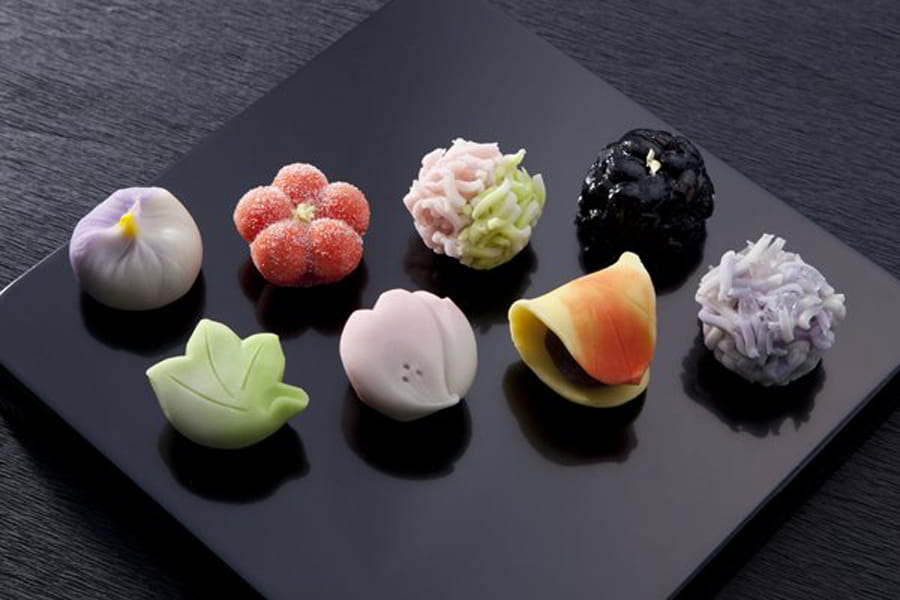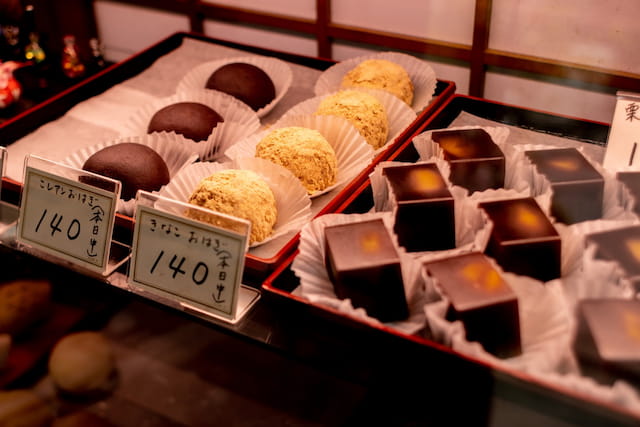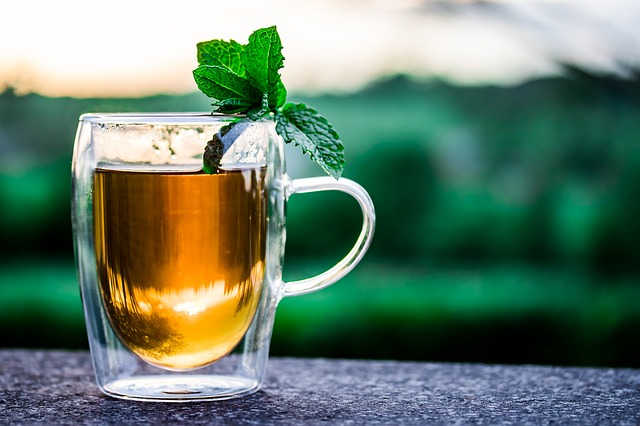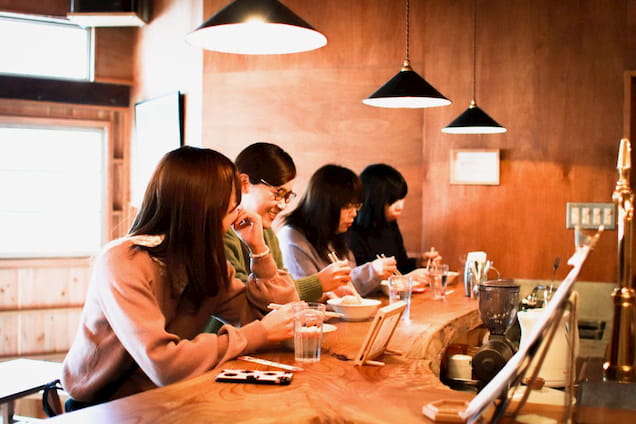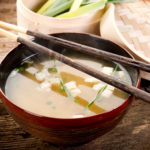Japanese confectionery culture is characterised by its ability to stimulate all five senses. The traditional pastries are so elegant and refined that they look more like miniature works of art than sweets. The wagashi encompasses all those traditional cakes that used to accompany tea ceremonies. Today we invite you to discover Japan’s sweet tooth with these little morsels, whose taste and design will blow your mind.
What are wagashi?
Wagashi are traditional Japanese sweets that are usually served as an accompaniment to tea, as their sweetness combines and balances the bitter taste of green tea. They are usually made with natural ingredients such as azuki beans. As these sweets were created expressly for the tea ceremony, their aesthetics became one of the most important points, which is why they look so neat.
What stands out about these cakes is that they stimulate all five senses equally. Their nature-inspired designs stimulate the vision. In spring, for example, wagashi are made to represent the cherry blossom. They also stimulate the sense of hearing, as each wagashi has a name that refers to an object or poem. As for the sense of taste, wagashi should not be too sweet. As we have already mentioned, the combination of the sweetness of these sweets with the bitterness of matcha or green tea creates the perfect balance where the flavours enhance and complement each other. Finally, the sense of touch is stimulated by the soft but varied texture of the wagashi.
Compared to Western desserts, which are characterised by the addition of a lot of butter and fats, traditional wagashi use very little oil or dairy products. The ingredients are based on grains such as wheat and rice, red beans and sugar.
Origin and history of wagashi
The history of wagashi and the tea ceremony are closely related. However, there is no consensus on the exact date of their origins. Some believe they date back to the Yayoi period (300 BC – 300 AD), where sweets made from the natural sugar of fruits and nuts were consumed. It wasn’t until a few years later that China began to influence Japan’s food culture and the first snacks were developed that are still available today: dango and mochi, which are characteristically made from rice.
However, the key element that revolutionised the culinary art of Japanese confectionery was sugar. Sugar was considered a luxury ingredient, to which very few had access due to its high price, and was mainly used in medicine. Thanks to Portuguese traders, sugar began to be introduced into Japanese cuisine. However, there is controversy about this, as some argue that it was the Chinese who introduced sugar to Japan. Once this ingredient filled the markets, it was incorporated more regularly into dishes. And that is really how the first sweets were born.
The true splendour of wagashi began in the period known as Edo (1603-1867). Processed white sugar began to be marketed in the capital, Edo, and also in Kyoto. These pastries, which first belonged to the upper classes, became more popular when they were introduced into the tea ceremony as an (almost) obligatory element.
How to serve them
As mentioned above, wagashi are closely associated with the tea ceremony. But this is not the only occasion when you can eat these delicious creations. You can also eat them as a dessert after a meal, as an afternoon snack, as a snack, etc. There is no longer a strict tie to wagashi as an accompaniment to green tea, in fact, you can accompany it with tea as well as with other types of beverages such as coffee.
In addition, wagashi are also an excellent gift idea. Their aesthetics make them so beautiful to look at, that they work perfectly as a gift for engagements such as weddings. The gift culture is very important for the Japanese, as it is a way of showing appreciation and enhancing social ties. Therefore, wagashi, being so appreciated in the country’s pastry culture, are a great way to give someone a gift on a special day.

